2020 is AMD's moment to shine, but they still have challenges from Intel
AMD is having a very good 2020, and it is finally confronting Intel in the laptop market. But there are still many challenges. Here are a few.
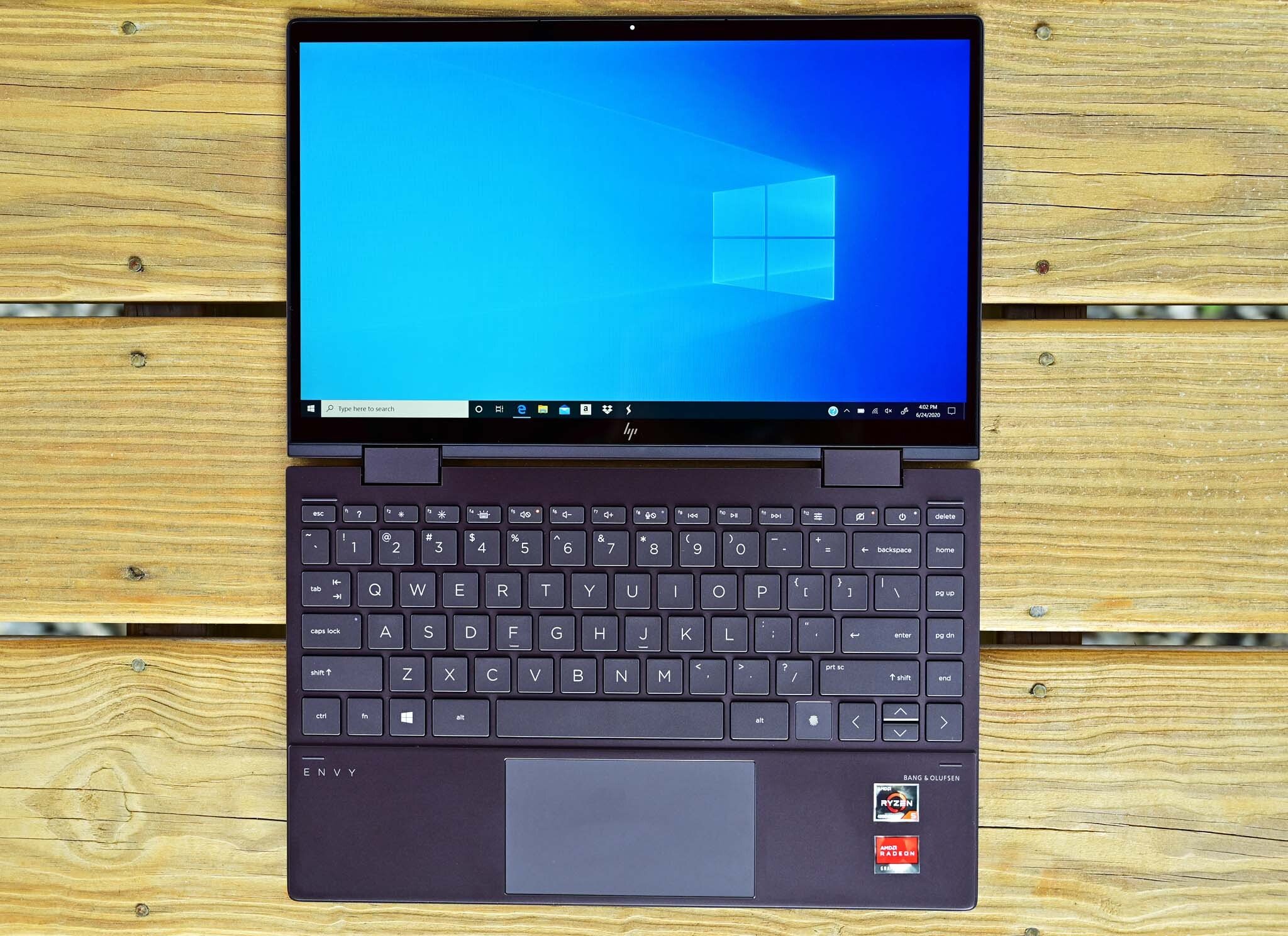
This week we saw the (expected) positive earnings from AMD – a company that has seen its stock go to an all-time high of nearly $78 a share. There is no doubt that the company has earned its reputation back in the desktop space, and its new Ryzen Mobile 4000 chips for laptops are impressive.
But AMD is still not there yet. Here are five things AMD needs to figure out before it can topple Intel in the premium laptop space.
Intel still has the marketing dollars
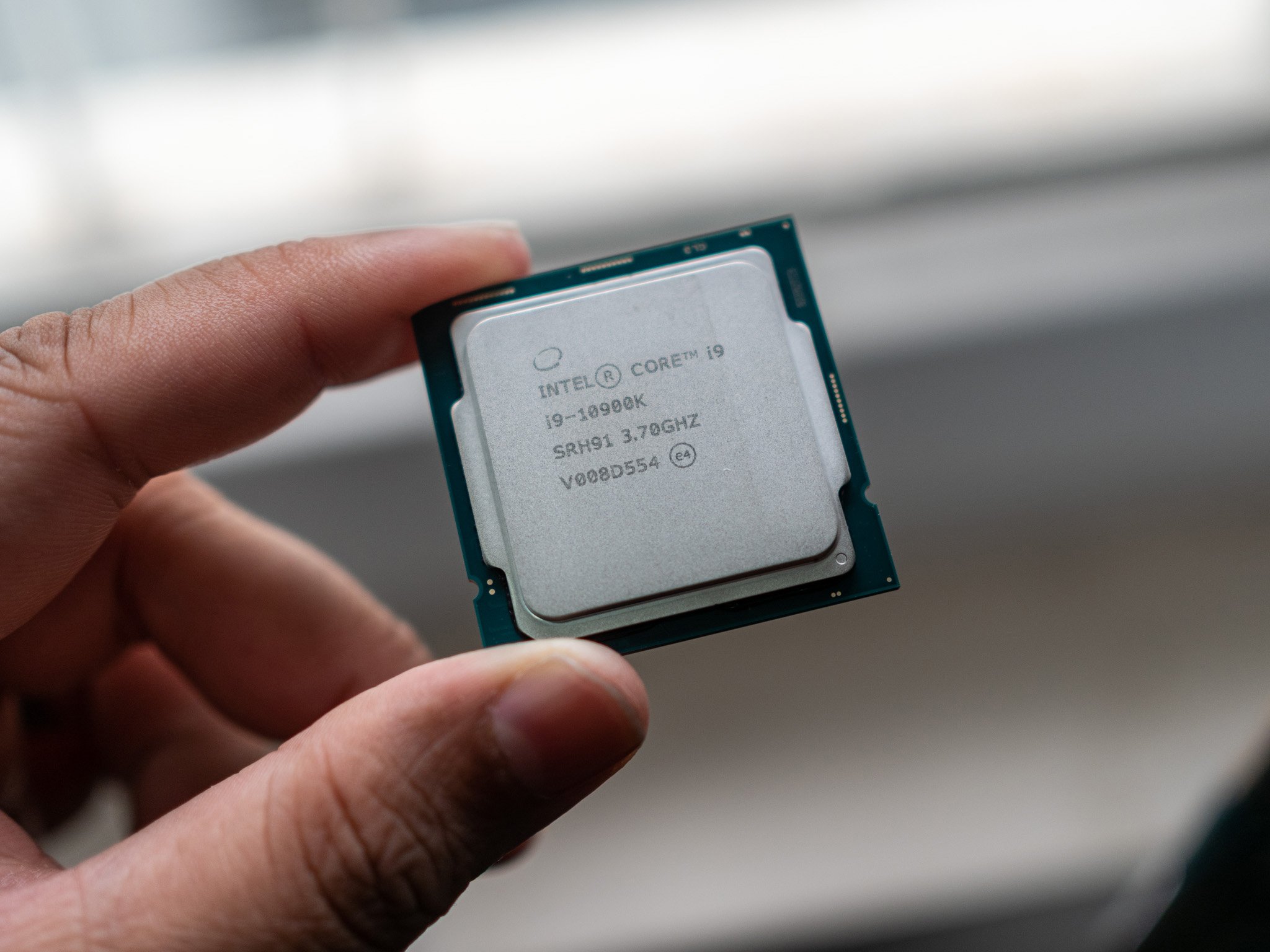
Intel's market cap is a staggering 204 billion dollars, which dwarfs AMD's $78 billion value. Intel smartly uses that money for marketing and support. Not a day goes by I don't see Intel running ads on TV, usually in the prime-time slot on major networks. Those ad campaigns often feature prominent partners like Dell, and its outstanding XPS 13 takes center stage.
Intel is also very good at long-term support to companies and its OEM partners. It has the human and financial scale to beat AMD in every area here, which is a problem for AMD.
AMD is yet to reach that plateau. While we can joke that Intel spends more money bragging about its chips than improving them, it is hard to deny it has the mindshare. For now.
Intel co-designs many laptops
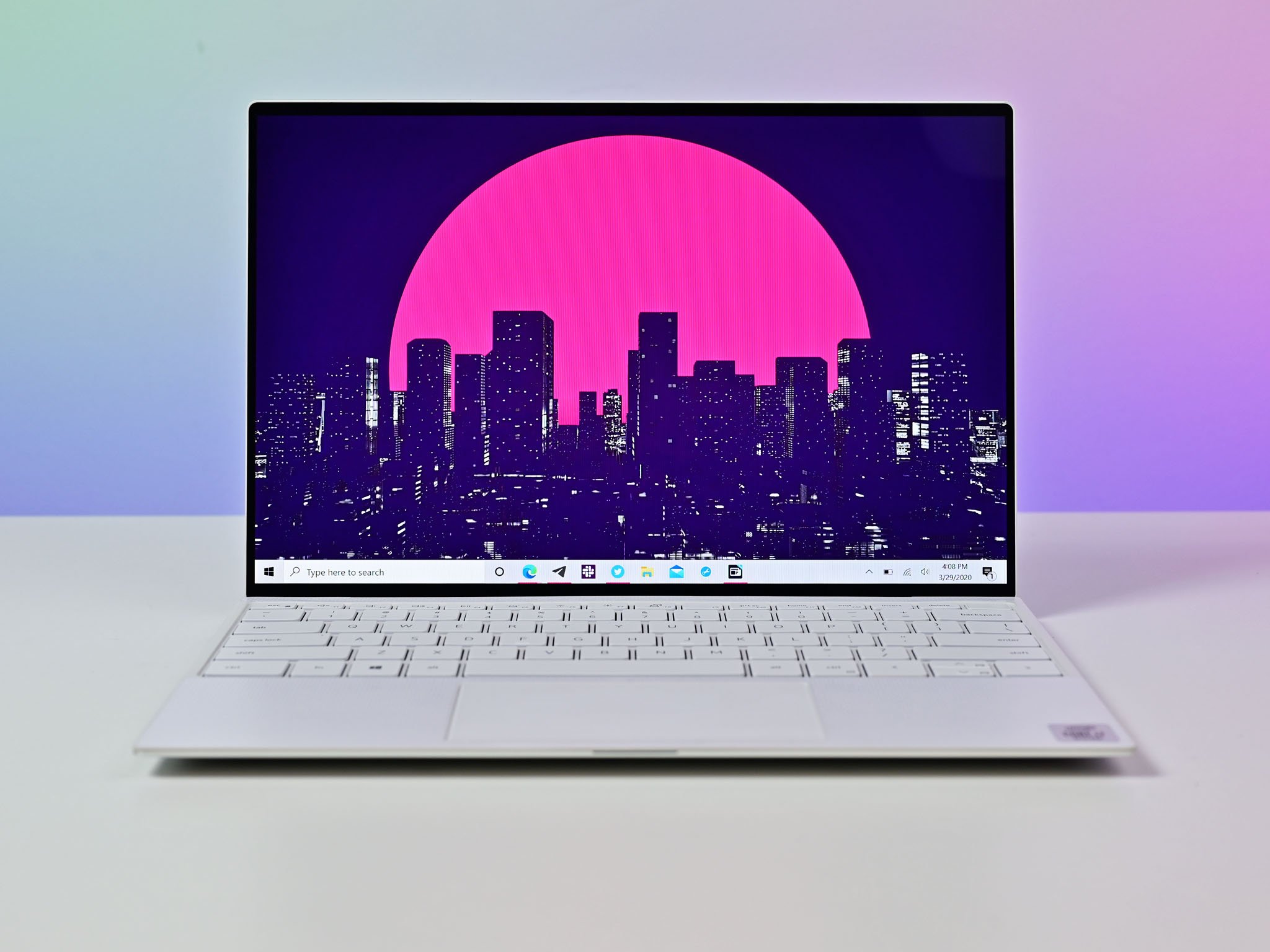
One of the untold stories in the premium laptop space, usually off-the-record, is how much of a role Intel plays in designing laptops and hardware. This strategy gives Intel a lot of leverage over AMD.
Intel is now more transparent with this, often featuring its prototypes at trade shows, especially around the forthcoming dual-screen and foldable PCs or even the Yoga Book C930.
Get the Windows Central Newsletter
All the latest news, reviews, and guides for Windows and Xbox diehards.
Many of the top premium Ultrabooks (an Intel marketing term) have Intel's fingerprints all over them. Companies take Intel's offer to help subsidize its research and development (R&D), while also gaining an engineering edge. After all, if you want to maximize your laptop's performance and battery life, why not work with Intel's engineers directly?
This is one reason why laptop makers don't always "swap out" Intel for AMD - it's hard to do when Intel helped you make that laptop.
We see this marketing spin more prominently now, e.g. "Project Athena." Such ventures help make the entire industry better, but it's also so Intel becomes more than a supplier of chips. Intel wants to be partners with PC makers, which then makes those OEMs more reliable on Intel. This relationship (and the financial incentives it brings) will be hard for laptop makers just to give up if AMD can't somehow make up for it.
Price Wars: Intel is ruthless
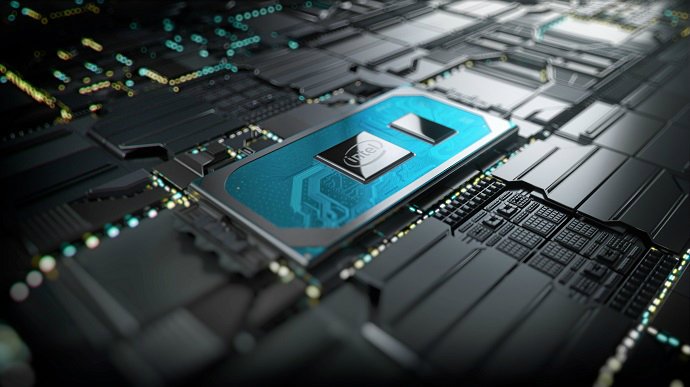
The running joke in the microprocessor space is how much Intel charges for its chips. You can't blame them, especially on laptops, as the company has effectively had free reign for nearly a decade. Their obligation is to its shareholders to maximize profit.
But Intel can take that same market power and kneecap AMD. Intel often sells PC makers its chips at bulk discounts, but each deal is unique. While AMD's chips are more affordable, Intel can swallow its pride and drive down costs where it makes sense.
Intel still dominates in enterprise
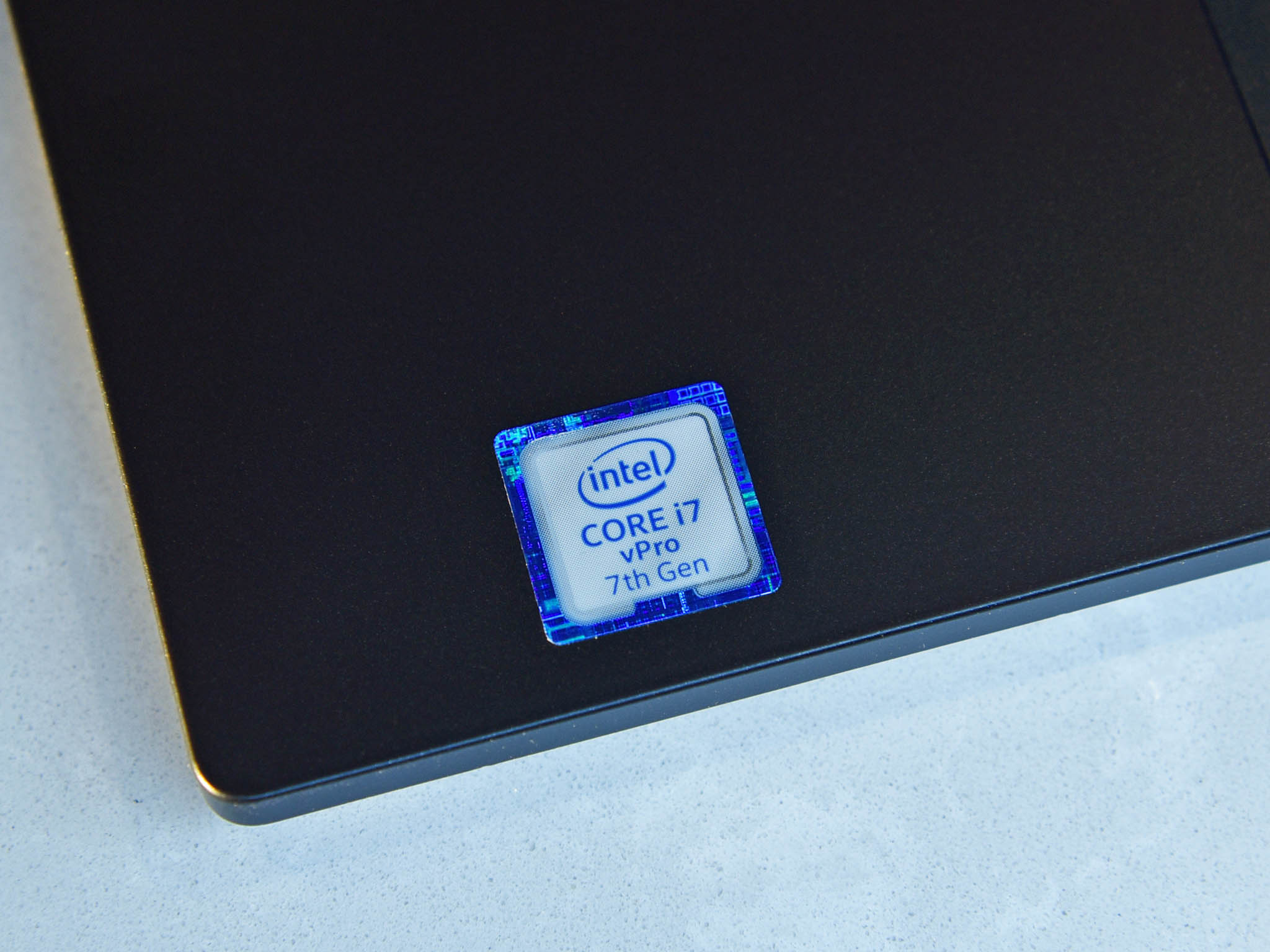
While often unsexy to talk about, the enterprise PC market is massive. There's a reason why HP (EliteBook), Lenovo (ThinkPad), and Dell (Latitude) all compete heavily in this space. Why sell a person one laptop when you can sell hundreds (sometimes thousands) at once with long-term service contracts?
Intel vPRO, specifically Intel Active Management Technology (Intel AMT), BitLocker with a Trusted Platform Module (TPM), Trusted Execution Technology (Intel TXT), virtualization, and more are all vital to businesses managing thousands of connected PCs.
AMD is trying to make inroads with its "Ryzen Pro" series announced two years ago. And HP is dipping its toe in the water with the forthcoming EliteBook 805-series (which are AMD variants of the EliteBook 800s) to see if companies are interested.
While it's great to see AMD compete here, it's a huge hill to climb against Intel.
Thunderbolt 3, Wi-Fi 6, and proprietary tech
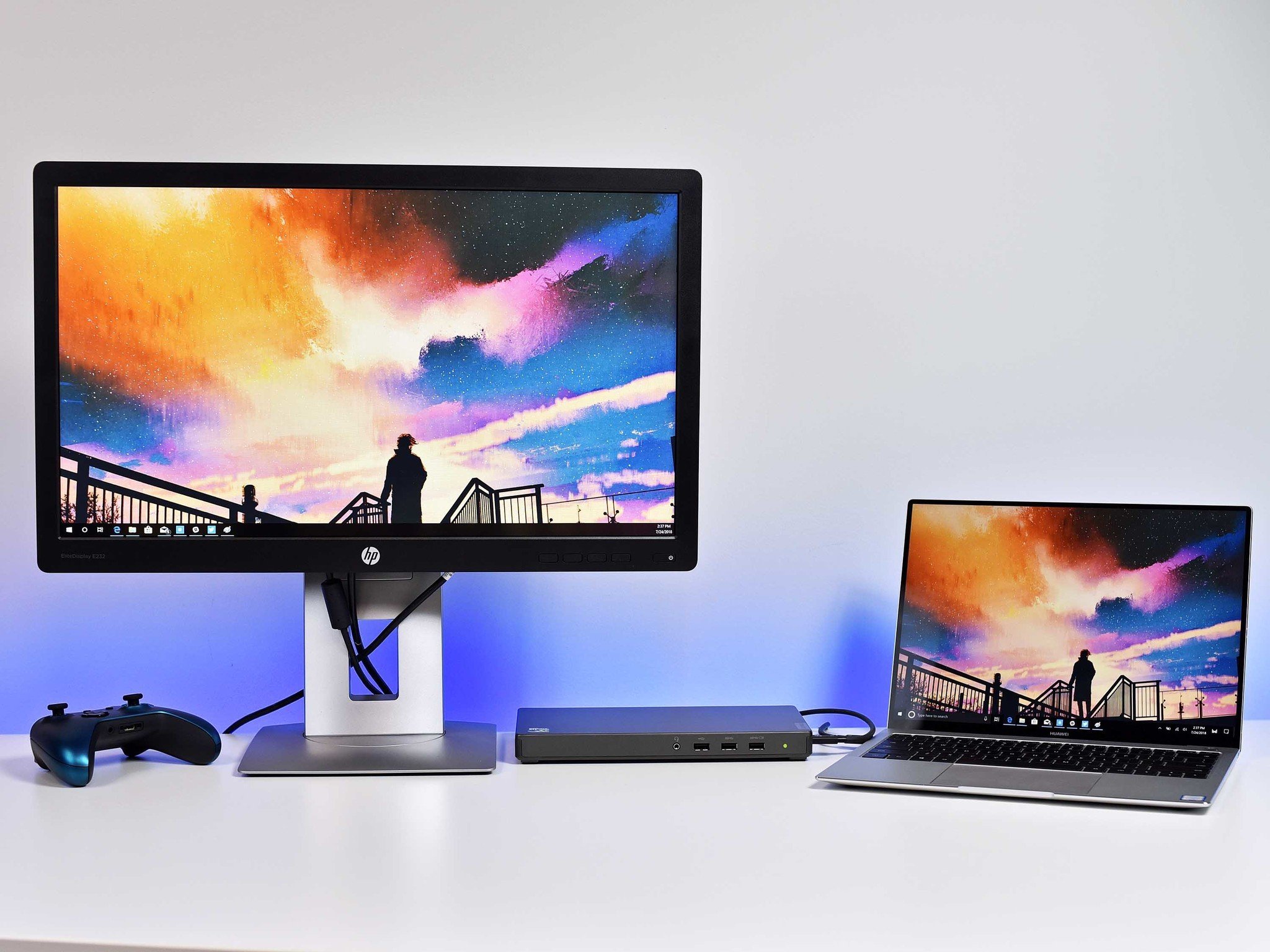
Intel co-developed Thunderbolt technology with Apple many years ago. That standard lives on at Thunderbolt 3 today, and soon (the somewhat dubious) Thunderbolt 4. Intel has dropped licensing costs for Thunderbolt 3 with its chips, but companies like AMD need to pay up to play.
The truth is, AMD chips can work fine with Thunderbolt 3 (see desktops), but it becomes an added expense that requires certification, which somewhat negates the cost-savings AMD has over Intel.
Intel is also the chief supplier of Wi-Fi 6 mobile chips these days. Those Wi-Fi chips work fine with AMD, but Intel likely bundles it with its CPUs at a sweet deal for OEMs.
While I'd argue both technologies are not "must-haves" for most people, it's hard to deny that Intel has an advantage here, one it will exploit as much as it can. Luckily, USB 4 should help with some of this.
The same can be said with 4G and 5G support, where AMD has yet to make a dent. Likewise, for competing against Qualcomm and its ARM push into always-connected PCs.
AMD could (and should) dethrone Intel
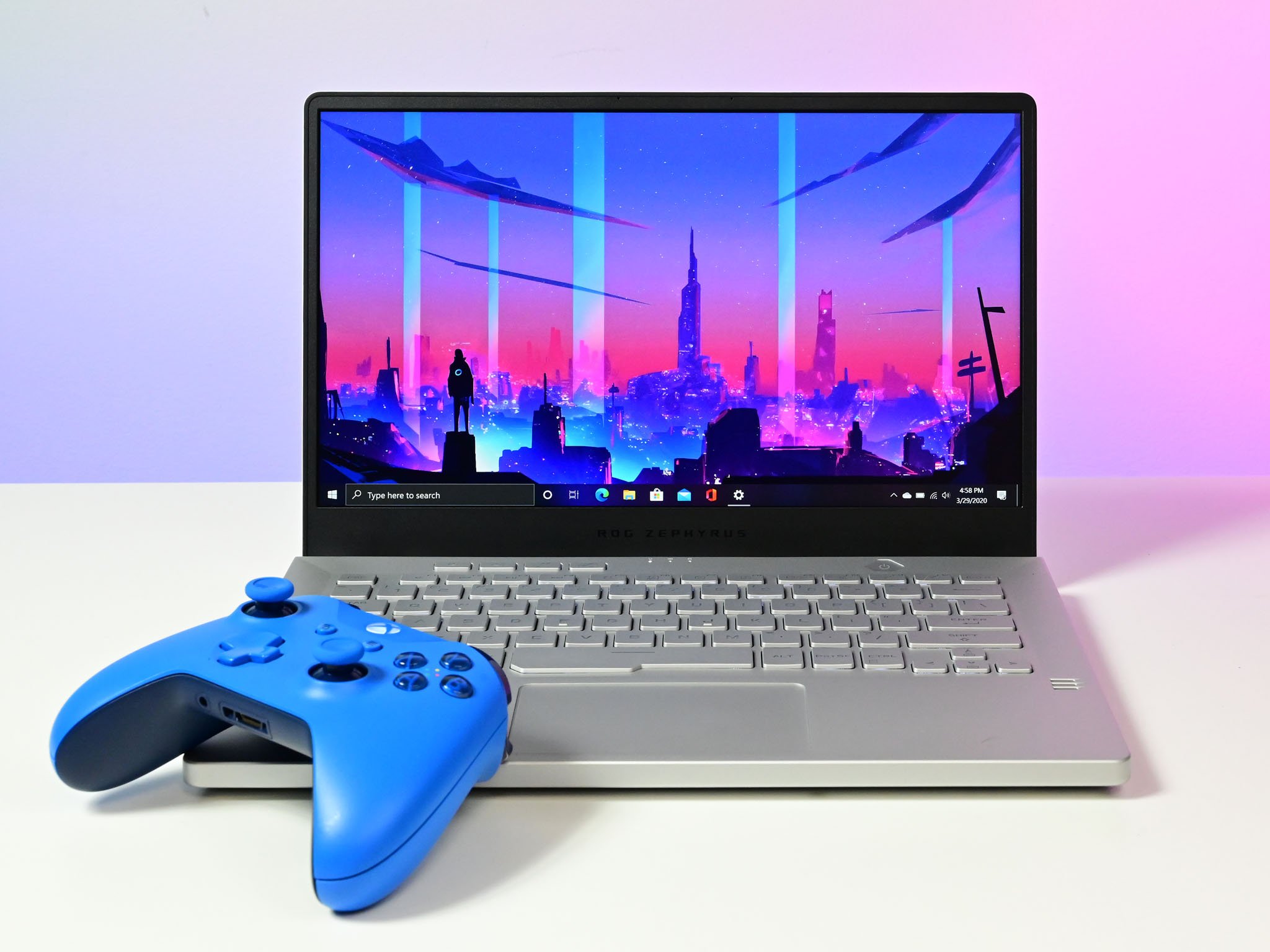
None of this is to suggest that AMD won't find success in laptops. Instead, it is merely pointing out that Intel's grasp on the laptop market will take years to undo.
AMD has two things going for it right now that are hard to deny:
- Intel is tripping over itself, failing to deliver 7nm, while charging more. The company is finally making changes.
- AMD's latest mobile chips are incredibly good. They are not leapfrogging Intel, but they make a value proposition to OEMs that have been missing for a long time. Next-gen Ryzen Mobile could blow past Intel, much like in the desktop space.
AMD's strength with more power at a lower cost is obvious. The company is adding features, while Intel seems to be taking them away (especially on desktop). It's also clear that AMD has execution down, which is where Intel has been significantly hurt in the last few years.
Right now, AMD is mostly filling in the gaps where Intel always lagged, e.g., budget and mid-range laptops. I want to see AMD processors get into the premium, high-end laptop space. That is going to take some time, and as outlined here, AMD has quite a few hurdles to overcome.
But if there was an opportunity for AMD to put Intel in a corner, it is now.

Daniel Rubino is the Editor-in-chief of Windows Central. He is also the head reviewer, podcast co-host, and analyst. He has been covering Microsoft since 2007 when this site was called WMExperts (and later Windows Phone Central). His interests include Windows, laptops, next-gen computing, and wearable tech. He has reviewed laptops for over 10 years and is particularly fond of 2-in-1 convertibles, Arm64 processors, new form factors, and thin-and-light PCs. Before all this tech stuff, he worked on a Ph.D. in linguistics, performed polysomnographs in NYC, and was a motion-picture operator for 17 years.
